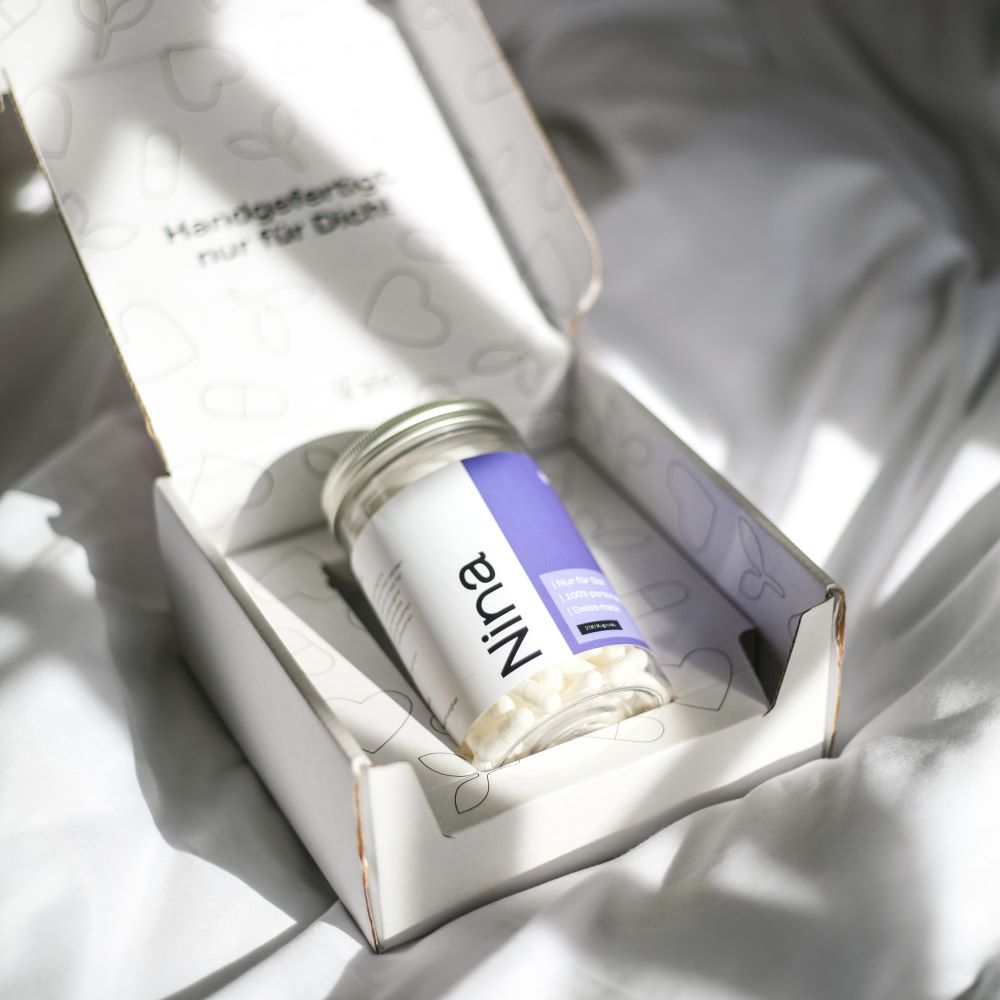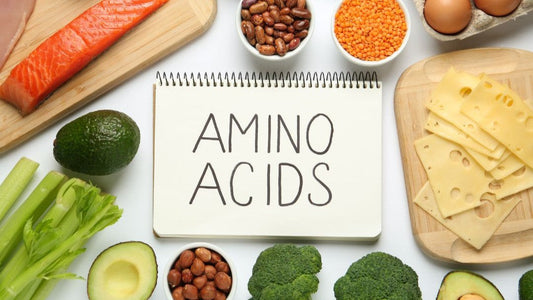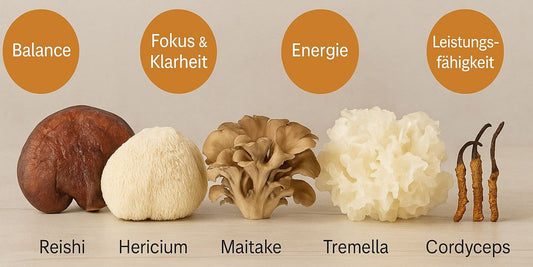The discovery of vitamin C, also known as ascorbic acid, marks a significant milestone in the history of nutritional science. This water-soluble compound plays a crucial role in various metabolic processes and contributes to the normal function of the immune system. However, the history of vitamin C goes back a long way.
The first signs of the importance of vitamin C were recognized as early as the 18th century, when sailors fell ill with scurvy, a serious deficiency disease caused by a lack of vitamin C. The symptoms of scurvy ranged from fatigue and weakness to bleeding gums and muscle pain and could be fatal.
In the 18th century, scurvy was successfully treated by the administration of fresh citrus fruits, without a precise understanding of the role of vitamin C at the time. It was not until the 20th century, in the 1930s to be precise, that scientists were able to identify and isolate ascorbic acid as the crucial element in these fruits.
This discovery marked the beginning of deeper research into the importance of vitamin C for health. Today we know that vitamin C not only helps to prevent scurvy, but also plays a crucial role in many other biological processes. It is an important antioxidant that protects our cells from free radical damage, and it is involved in collagen production and the absorption of iron from plant sources.
To ensure we get enough vitamin C, a balanced diet of vitamin-rich foods is essential. Here are the top 10 foods high in vitamin C per 100g:

The top 10 foods high in vitamin C
- Acerola cherries: These tropical fruits are real vitamin C bombs. They are often processed into juices or powders and are particularly popular in Brazil. Acerola cherries are exceptionally rich in vitamin C and can contain up to 1677 mg of vitamin C per 100 g.
- Rose hips: Rosehips are small, red fruits known for their exceptionally high vitamin C content. They can be eaten raw or made into jams and teas. Rosehips contain around 1250 mg of vitamin C per 100 g.
- Guavas: Guavas are a delicious and exotic source of vitamin C. You can eat them fresh or process them into juices and smoothies. Guavas provide around 228 mg of vitamin C per 100 g.
- Currants: These small berries are rich in vitamin C and are great for desserts, compotes and fruit juices. Blackcurrants have around 181 mg of vitamin C per 100 g.
- Bell peppers: Bell peppers, especially the red variety, contain a lot of vitamin C. You can enjoy them in salads, soups or as a snack. Red peppers have around 166 mg of vitamin C per 100 g.
- Kiwi: Kiwis are not only delicious, but also rich in vitamin C. They are a perfect addition to yogurt or muesli. Kiwis contain around 92.7 mg of vitamin C per 100 g.
- Broccoli: Broccoli is a vitamin C champion among vegetables. It can be steamed, fried or used in soups. Broccoli has around 89.2 mg of vitamin C per 100 g.
- Oranges: Oranges are probably the best-known source of vitamin C. You can simply peel them and enjoy them as a snack or squeeze fresh orange juice. Oranges contain around 53.2 mg of vitamin C per 100 g.
- Lemons: Lemons are also rich in vitamin C and can be used in a variety of ways in the kitchen, from salad dressings to lemonade. Lemons are rich in vitamin C and contain around 53 mg of vitamin C per 100 g.
- Mango: This tropical fruit not only contains vitamin C, but also many other valuable nutrients. It is ideal for smoothies and desserts. Mangoes provide around 36.4 mg of vitamin C per 100 g.
It's important to maintain a varied diet to ensure you're getting enough vitamin C. These foods can help you boost your vitamin C intake while preparing delicious dishes. However, note that the amount of vitamin C per 100 mg varies for each of these foods.
It is important to note that the actual levels of vitamin C can vary depending on the variety and ripeness.
Heat resistance of vitamin C
Vitamin C is sensitive to heat and its content can decrease during cooking. To minimize the loss of vitamin C, it is advisable to cook foods gently or eat them raw. This means that the heat resistance of vitamin C is limited, and it is advisable to prepare vitamin-rich foods in such a way that the nutrient content is preserved.
Finally, it is important to emphasize that vitamin C levels in the body can be maintained not only by eating natural foods, but also by taking synthetic vitamin C, which is available in the form of dietary supplements.
Synthetic vitamin C, also known as ascorbic acid, is often seen as an inexpensive and convenient way to meet vitamin C requirements, especially when consumption of vitamin-rich foods is challenging. It is chemically identical to the vitamin C found in natural foods and can just as effectively supply the body with this important nutrient.
This is particularly relevant as different life circumstances or dietary habits can sometimes increase the need for vitamin C. For example, during the cold season or times of increased stress, taking vitamin C supplements can help maintain vitamin C levels and support the immune system.
Ultimately, both eating vitamin C-rich foods and using synthetic vitamin C offer a viable way to meet the body's vitamin C needs and reap its many health benefits. The decision between natural foods and supplements depends on individual preferences and needs, as long as the vitamin C level in the body remains sufficient to support optimal health.
You can find more interesting articles on vitamin C here:




